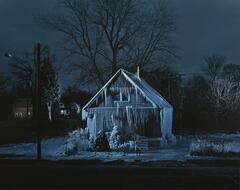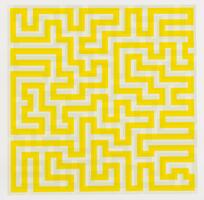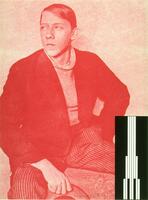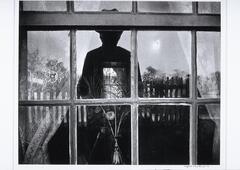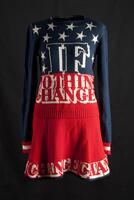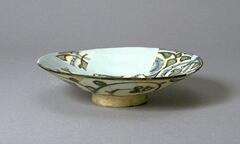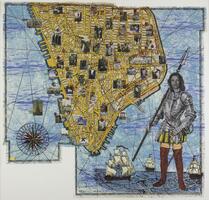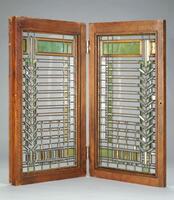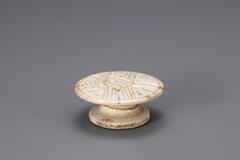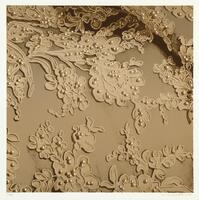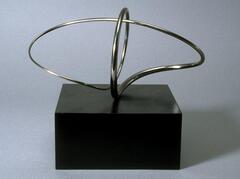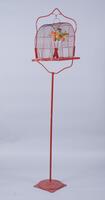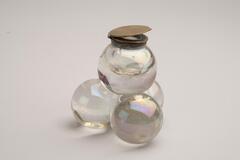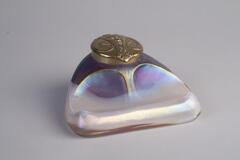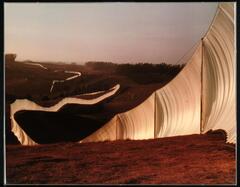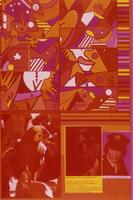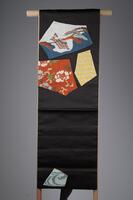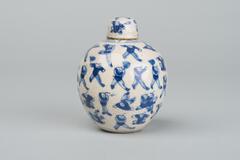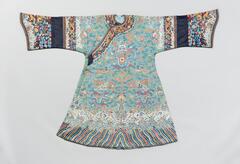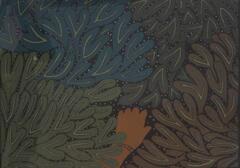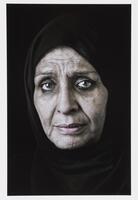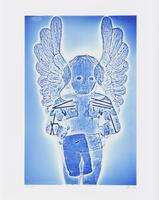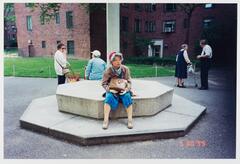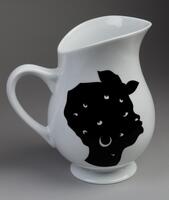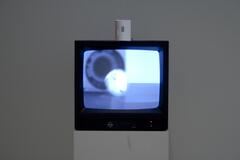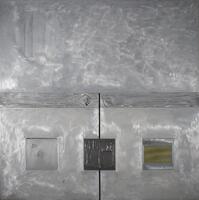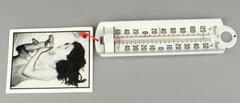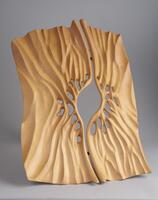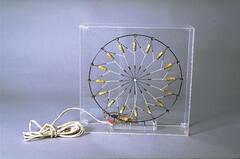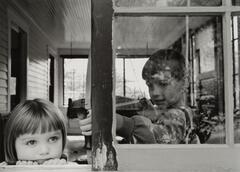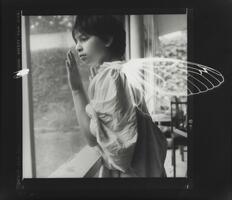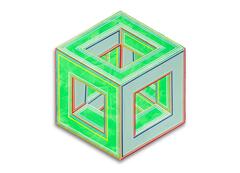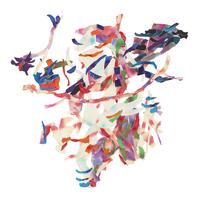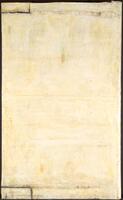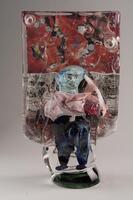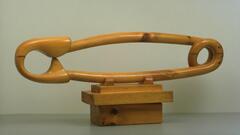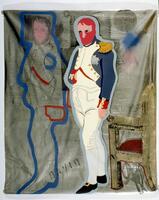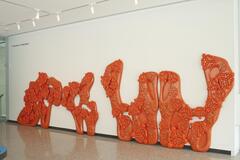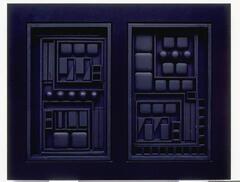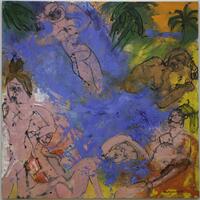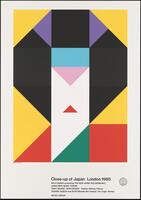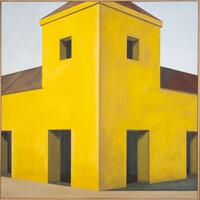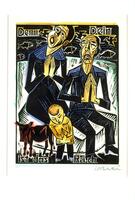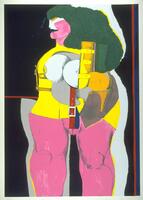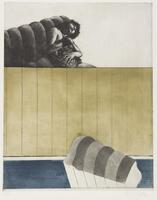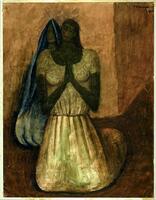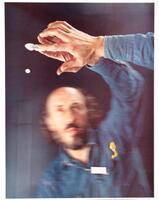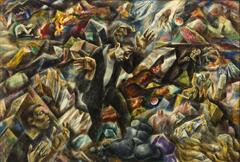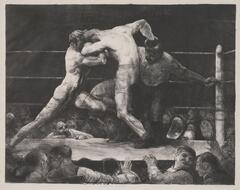Superior In-Person Experience
80 Items in this Learning Collection
Collection Object
Collection Object
Collection Object
Collection Object
Collection Object
Collection Object
Collection Object
Collection Object
Collection Object
Collection Object
Collection Object
Collection Object
Collection Object
Collection Object
Collection Object
Collection Object
Collection Object
Collection Object
Collection Object
Collection Object
Collection Object
Collection Object
Collection Object
Collection Object
Collection Object
Collection Object
Collection Object
Collection Object
Collection Object
Collection Object
Collection Object
Collection Object
Collection Object
Collection Object
Collection Object
Collection Object
Collection Object
Collection Object
Collection Object
Collection Object
Collection Object
Collection Object
Collection Object
Collection Object
Collection Object
Collection Object
Collection Object
Collection Object
Collection Object
Collection Object
Collection Object
Copyright
All Rights Reserved
()
Untitled
Accession Number
1993/2.6
Title
Untitled
Artist(s)
Frank Stella
Artist Nationality
American (North American)
Object Creation Date
1968
Medium & Support
acrylic on canvas
Dimensions
59 15/16 in x 59 15/16 in (152.24 cm x 152.24 cm);60 in x 60 in (152.4 cm x 152.4 cm)
Credit Line
Gift of Philip M. Stern, Washington, D.C.
Label copy
Frank Stella began studying abstract art in high school. After graduating from Princeton, he moved to New York and very quickly established himself with his series The Black Paintings, a group of rectangular white canvases with black lines painted on them. As his career developed, Stella experimented with color as well as with varying sizes and shapes of canvas.
Later, Stella began to work with rounded forms, echoing them with shaped canvases. In 1967 he began The Saskatchewan Series, a group of paintings which again employed the rounded forms but instead paired them with square and rectangular canvases. In Untitled, Stella’s direct use of form and color creates an active vision for the audience: the shapes overlap and the colors react to each other.
Regina DiBella
Modern and Contemporary Art Intern
Summer 2003
--------------------
6/28/10
Frank Stella (United States, born 1936)
Untitled
1968
Acrylic on canvas
Gift of Philip M. Stern, Washington D.C.
The technical precision, formal repetition, and unmodulated colors of Frank Stella’s paintings of the 1960s were all strategies Stella devised in order to get at fundamental questions of painting while keeping the painter himself from getting in the way. Stella explained that he came to such minimal means out of frustration with the kinds of subjective decisions involved in making abstract paintings. As “the painterly problems of what to put here and there and how to make it go with what was already there became more and more difficult and the solutions more and more unsatisfactory,” Stella eventually headed off these problems with strict symmetry, repetition, and constant color density. “The remaining problem,” he explained further, “was simply to find a method of paint application which followed and complemented the design solution.” Casting the artist as a laborer rather than an aesthete, and the painting as more of an object than a picture, Stella’s laconic solution was to adopt the tools and techniques employed by commercial house painters.
Subject matter
One of Stella's paintings from his Protractor Series, in which he explored the relationship between rounded forms and colors. The form and choice of color here make the arcs appear to be interacting with one another.
Physical Description
Two sets of concentric arcs of bright colors radiate toward one another from the lower left corner and the upper right corner.
Primary Object Classification
Painting
Primary Object Type
abstract
Collection Area
Modern and Contemporary
Rights
If you are interested in using an image for a publication, please visit http://umma.umich.edu/request-image for more information and to fill out the online Image Rights and Reproductions Request Form.
Keywords
Color-field
Minimal
Op art
abstraction
curved
geometric abstraction
geometric patterns
modern and contemporary art
1993/2.6
Title
Untitled
Artist(s)
Frank Stella
Artist Nationality
American (North American)
Object Creation Date
1968
Medium & Support
acrylic on canvas
Dimensions
59 15/16 in x 59 15/16 in (152.24 cm x 152.24 cm);60 in x 60 in (152.4 cm x 152.4 cm)
Credit Line
Gift of Philip M. Stern, Washington, D.C.
Label copy
Frank Stella began studying abstract art in high school. After graduating from Princeton, he moved to New York and very quickly established himself with his series The Black Paintings, a group of rectangular white canvases with black lines painted on them. As his career developed, Stella experimented with color as well as with varying sizes and shapes of canvas.
Later, Stella began to work with rounded forms, echoing them with shaped canvases. In 1967 he began The Saskatchewan Series, a group of paintings which again employed the rounded forms but instead paired them with square and rectangular canvases. In Untitled, Stella’s direct use of form and color creates an active vision for the audience: the shapes overlap and the colors react to each other.
Regina DiBella
Modern and Contemporary Art Intern
Summer 2003
--------------------
6/28/10
Frank Stella (United States, born 1936)
Untitled
1968
Acrylic on canvas
Gift of Philip M. Stern, Washington D.C.
The technical precision, formal repetition, and unmodulated colors of Frank Stella’s paintings of the 1960s were all strategies Stella devised in order to get at fundamental questions of painting while keeping the painter himself from getting in the way. Stella explained that he came to such minimal means out of frustration with the kinds of subjective decisions involved in making abstract paintings. As “the painterly problems of what to put here and there and how to make it go with what was already there became more and more difficult and the solutions more and more unsatisfactory,” Stella eventually headed off these problems with strict symmetry, repetition, and constant color density. “The remaining problem,” he explained further, “was simply to find a method of paint application which followed and complemented the design solution.” Casting the artist as a laborer rather than an aesthete, and the painting as more of an object than a picture, Stella’s laconic solution was to adopt the tools and techniques employed by commercial house painters.
Subject matter
One of Stella's paintings from his Protractor Series, in which he explored the relationship between rounded forms and colors. The form and choice of color here make the arcs appear to be interacting with one another.
Physical Description
Two sets of concentric arcs of bright colors radiate toward one another from the lower left corner and the upper right corner.
Primary Object Classification
Painting
Primary Object Type
abstract
Collection Area
Modern and Contemporary
Rights
If you are interested in using an image for a publication, please visit http://umma.umich.edu/request-image for more information and to fill out the online Image Rights and Reproductions Request Form.
Keywords
Color-field
Minimal
Op art
abstraction
curved
geometric abstraction
geometric patterns
modern and contemporary art

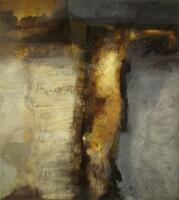
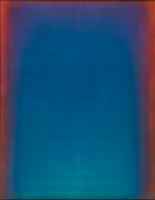

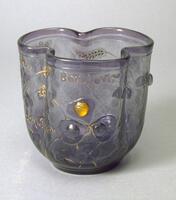
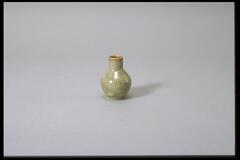
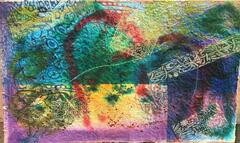
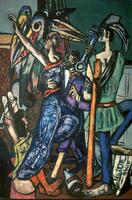
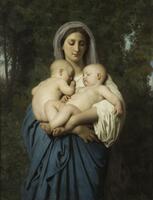

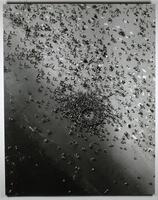

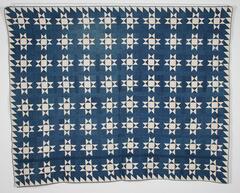
![A clear glass bubble rests on the bowl of a plain white clay pipe. Along the stem of the pipe are the words, "Ce que [sic] manque à nous tous." A clear glass bubble rests on the bowl of a plain white clay pipe. Along the stem of the pipe are the words, "Ce que [sic] manque à nous tous."](/media/W1siZiIsIjIwMjIvMDkvMjQvMmR5MHViN2o5Yl9kZWZhdWx0LmpwZyJdLFsicCIsInRodW1iIiwiMjQweDIwMCJdXQ?sha=e23a50659ff4d560)
